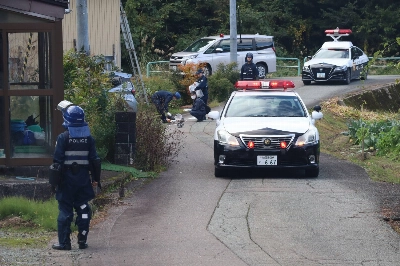Petrified Palestinians in the cramped southern Gaza Strip border city of Rafah scrambled to evade bombardment Saturday as they prepared to flee an expected Israeli ground offensive, dreading the prospect of again searching for safety in a place with few, if any, options to escape the war.
Israeli officials have declared that the next phase in their effort to destroy Hamas will be in Rafah, and on Friday, the office of Prime Minister Benjamin Netanyahu announced that "any forceful action in Rafah would require the evacuation of the civilian population from combat zones.”
The Israeli government has not specified where the civilians would be expected to go. Rafah sits along the border with Egypt, which has so far refused to take in Palestinian refugees, fearful over its own security and worried that the displacement could become permanent and undermine Palestinian aspirations for statehood.


















With your current subscription plan you can comment on stories. However, before writing your first comment, please create a display name in the Profile section of your subscriber account page.